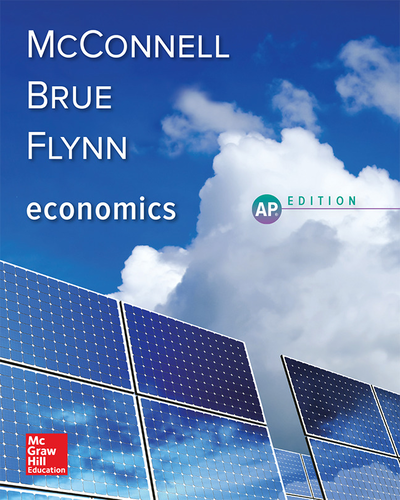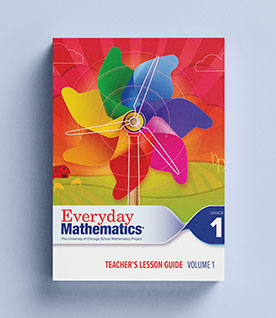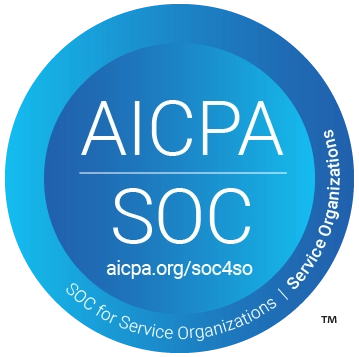BOTH MACRO AND MICRO | MICROECONOMICS | MACROECONOMICS
PART ONE Introduction to Economics and the Economy
- CHAPTER 1 Limits, Alternatives, and Choices
- CHAPTER 2 The Market System and the Circular Flow
PART TWO Price, Quantity, and Efficiency
- CHAPTER 3 Demand, Supply, and Market Equilibrium
- CHAPTER 4 Market Failures: Public Goods and Externalities
- CHAPTER 5 Government’s Role and Government Failure
PART THREE Consumer Behavior
- CHAPTER 6 Elasticity
- CHAPTER 7 Utility Maximization
PART FOUR Microeconomics of Product Markets
- CHAPTER 8 Businesses and the Costs of Production
- CHAPTER 9 Pure Competition in the Short Run
- CHAPTER 10 Pure Competition in the Long Run
- CHAPTER 11 Pure Monopoly
- CHAPTER 12 Monopolistic Competition
- CHAPTER 13 Oligopoly and Strategic Behavior
PART FIVE Microeconomics of Resource Markets and Government
- CHAPTER 14 The Demand for Resources
- CHAPTER 15 Wage Determination
- CHAPTER 16 Rent, Interest, and Profit
- CHAPTER 17 Public Finance: Expenditures and Taxes
PART SIX Microeconomic Issues and Policies
- CHAPTER 18 Antitrust Policy and Regulation
- CHAPTER 19 Income Inequality, Poverty, and Discrimination
PART SEVEN GDP, Growth, and Instability
- CHAPTER 20 An Introduction to Macroeconomics
- CHAPTER 21 Measuring Domestic Output and National Income
- CHAPTER 22 Economic Growth
- CHAPTER 23 Business Cycles, Unemployment, and Inflation
PART EIGHT Macroeconomic Models and Fiscal Policy
- CHAPTER 24 Basic Macroeconomic Relationships
- CHAPTER 25 The Aggregate Expenditures Model
- CHAPTER 26 Aggregate Demand and Aggregate Supply
- CHAPTER 27 Fiscal Policy, Deficits, and Debt
PART NINE Money, Banking, and Monetary Policy
- CHAPTER 28 Money, Banking, and Financial Institutions
- CHAPTER 29 Money Creation
- CHAPTER 30 Interest Rates and Monetary Policy
- CHAPTER 31 Financial Economics
PART TEN Extensions and Issues
- CHAPTER 32 Extending the Analysis of Aggregate Supply
- CHAPTER 33 Current Issues in Macro Theory and Policy
PART ELEVEN International Economics
- CHAPTER 34 International Trade
- CHAPTER 35 The Balance of Payments, Exchange Rates, and Trade Deficits
ENRICHMENT CHAPTERS (online in Connect® only)
- CHAPTER 1 Behavioral Economics
- CHAPTER 2 Technology, R&D, and Efficiency
- CHAPTER 3 Natural Resource and Energy Economics
- CHAPTER 4 Agriculture: Economics and Policy
- CHAPTER 5 Health Care
- CHAPTER 6 Immigration
- CHAPTER 7 The Economics of Developing Countries




















































Social Studies
View all Social Studies Programs
IMPACT (K–5)
Actively Learn (3–12)
New Social Studies (6–12)
Networks (6–12)